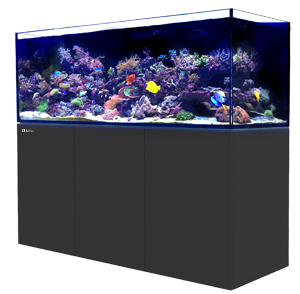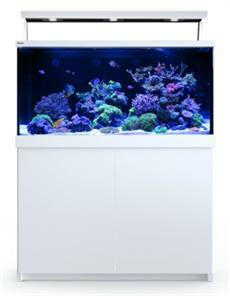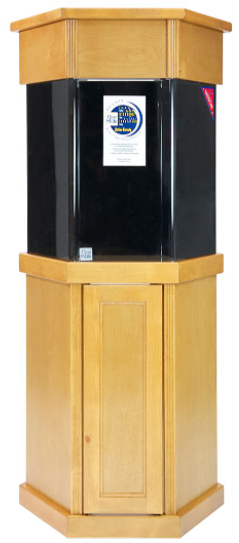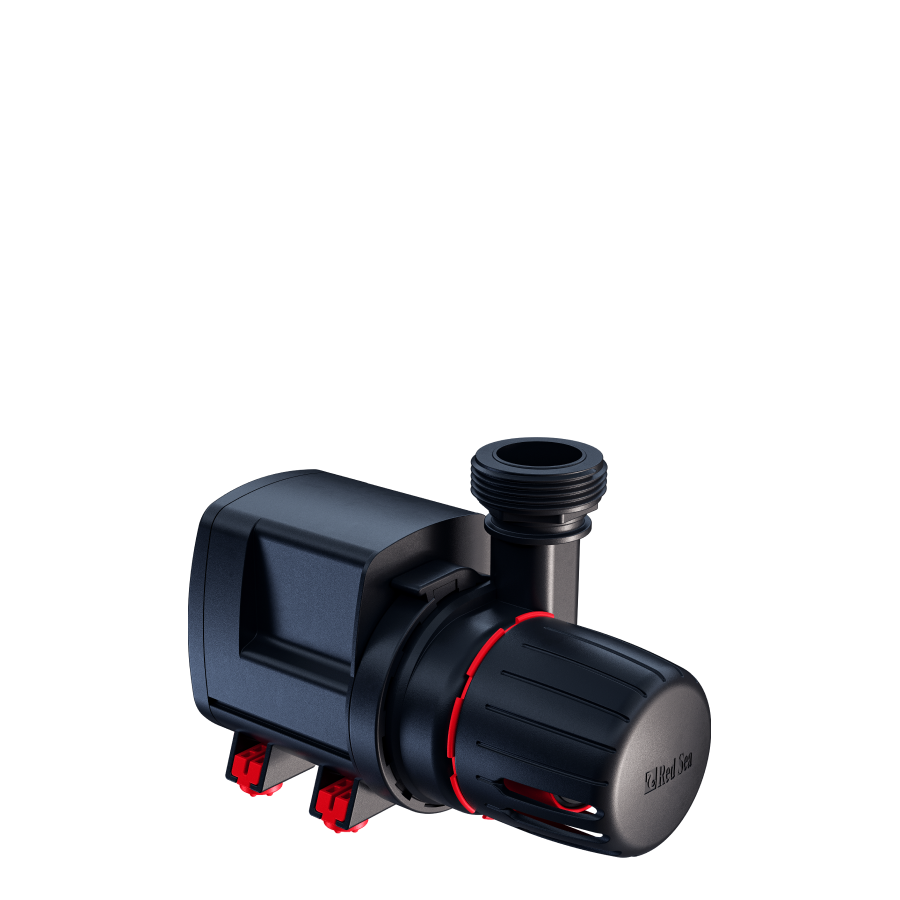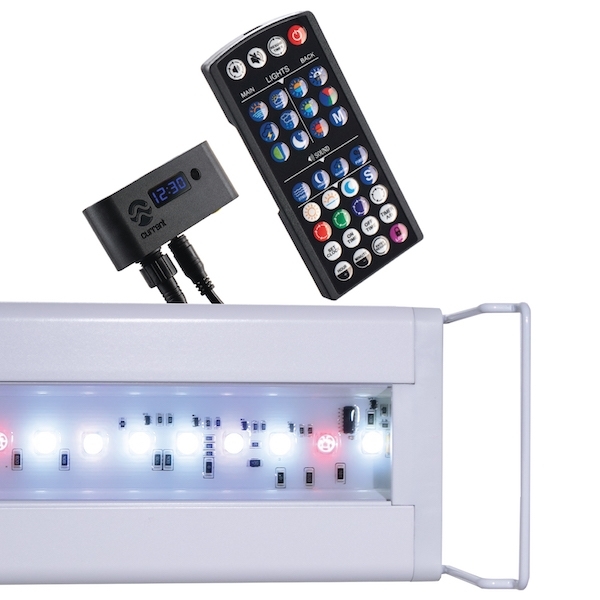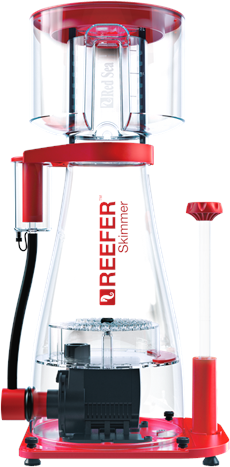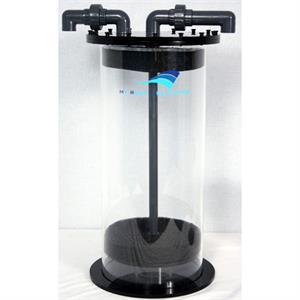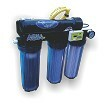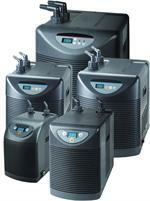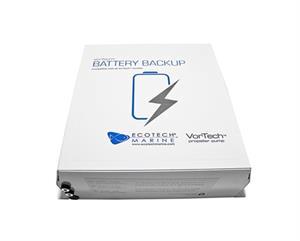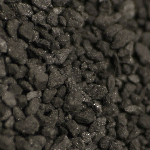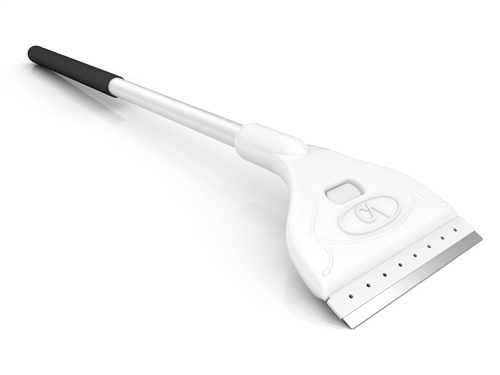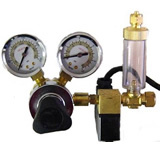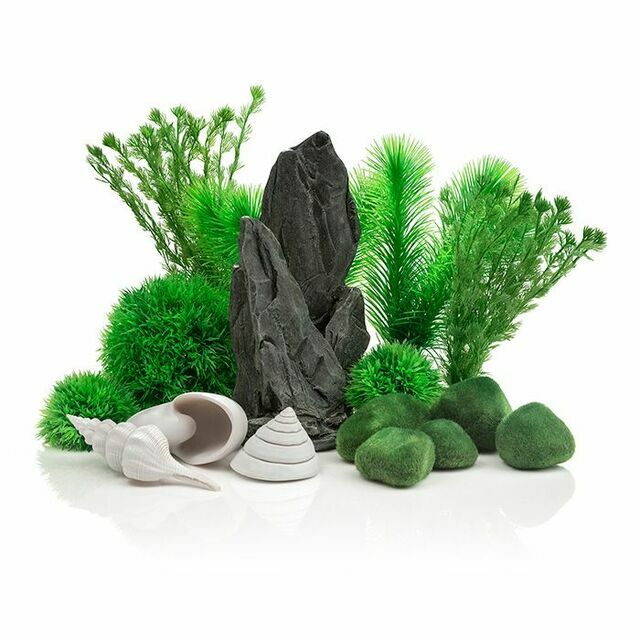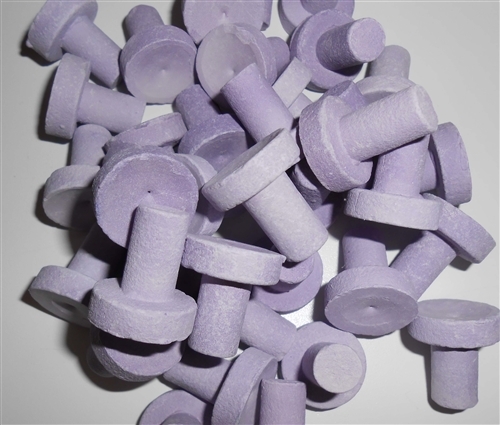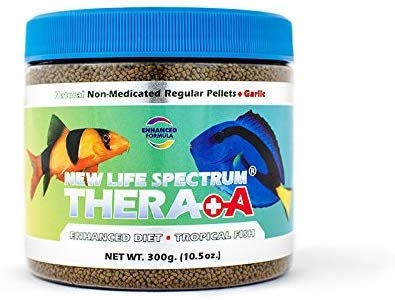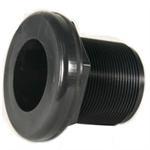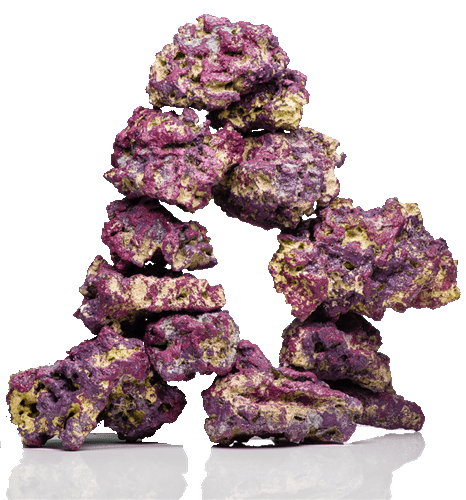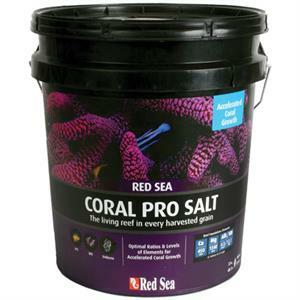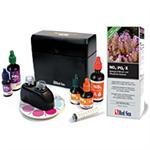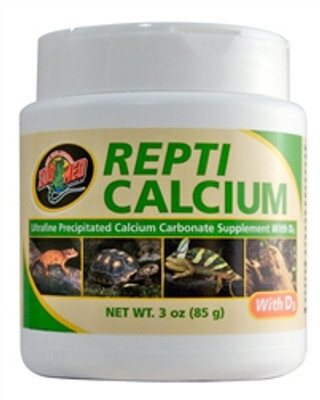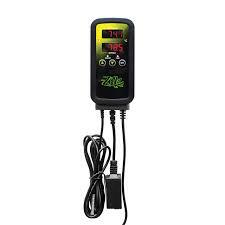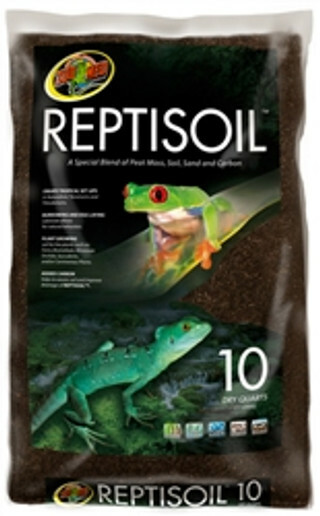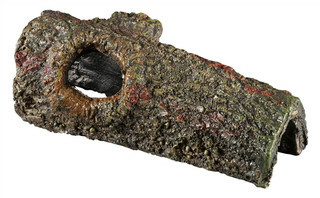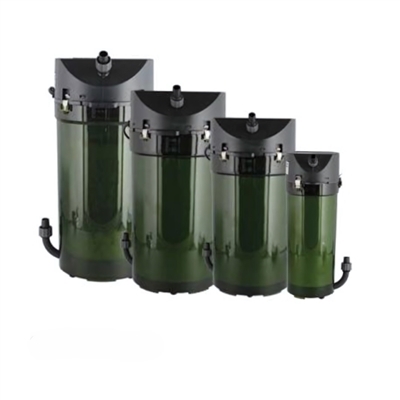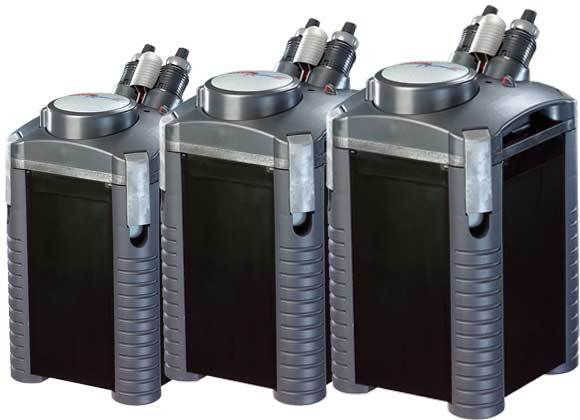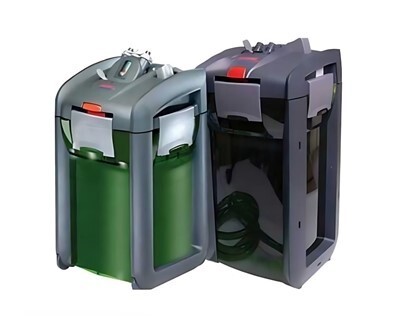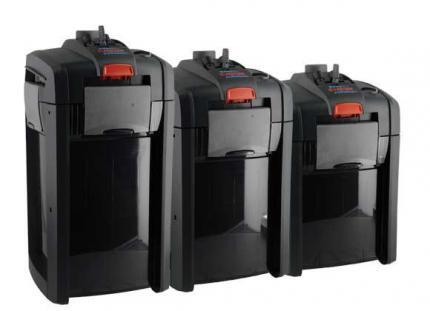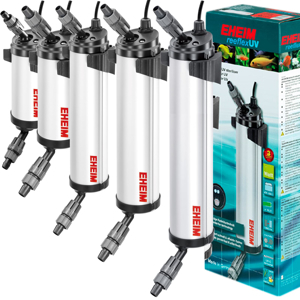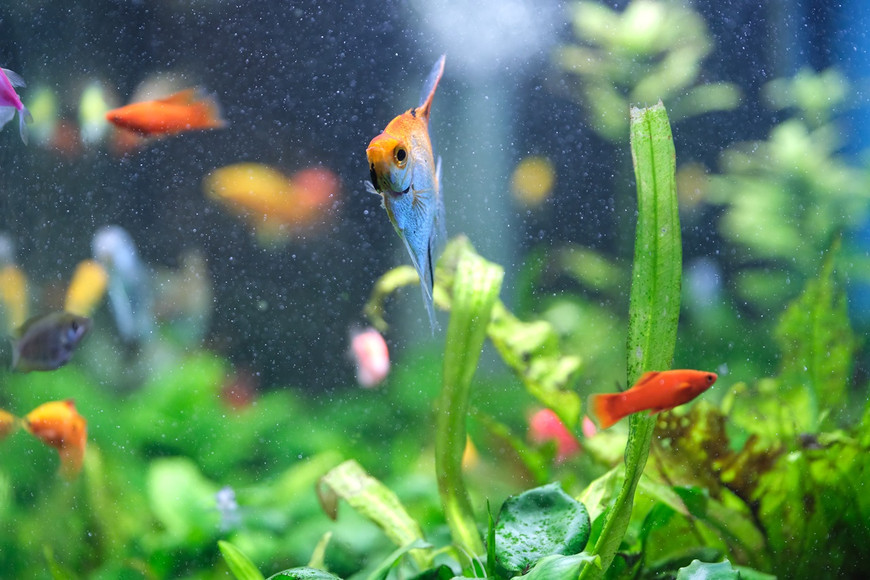Best Practices for Aquarium Lighting and Plant Health
Fish Tanks Direct on Aug 28th 2024
Healthy plants are essential for a thriving aquarium ecosystem, and lighting plays a crucial role in their growth and development. Good lighting not only enhances the visual appeal of your tank but also supports the photosynthesis process that keeps plants healthy. Understanding how to properly illuminate your aquarium can make a substantial difference in the health and aesthetic of your aquatic environment.
Aquarium lighting isn't just about turning on a light and letting it run. The type of light, its intensity, and the duration of lighting can all impact plant growth. Different types of plants have varying light requirements, and choosing the right lighting setup can be a bit daunting. It's important to select the right kind of lighting for your specific aquarium plants to ensure they get the right spectrum and intensity of light needed for optimal growth.
In the following sections, I will delve into understanding the role of lighting in aquariums, how to choose the right lighting for different types of plants, setting up and adjusting aquarium lighting, and troubleshooting common lighting and plant health issues. By aligning your lighting strategy with the needs of your aquarium plants, you can maintain a vibrant and healthy aquatic space.
Understanding the Role of Lighting in Aquariums
Lighting in aquariums often serves two primary purposes: enhancing the visual appeal and supporting plant health through photosynthesis. For plants in an aquarium, light is a critical energy source that drives the photosynthesis process, enabling them to grow and thrive. Fish and livestock also benefit from appropriate lighting, as it can help mimic their natural environment, reducing stress and promoting natural behaviors.
To achieve healthy plant growth, it is important to provide the right amount and type of light. The intensity, duration, and spectrum of light all play significant roles in plant health. For instance, while some plants require high light intensity to flourish, others may do well under moderate to low lighting conditions. The photosynthetic active radiation (PAR) value of the light is crucial, as it determines the energy plants receive for photosynthesis.
In addition to supporting photosynthesis, proper lighting helps control algae growth. Insufficient or imbalanced lighting can cause algae to proliferate, which competes with plants for nutrients and can lead to an unsightly tank. Regularly monitoring and adjusting lighting conditions ensures that plants receive adequate light while minimizing the risk of excessive algae growth.
Choosing the Right Lighting for Different Types of Plants
Selecting the appropriate lighting for your aquarium involves considering the specific needs of the plants you wish to cultivate. Various types of plants have diverse lighting requirements regarding intensity, duration, and spectrum. Here are some key factors to consider when choosing lighting for your plants:
1. Low-Light Plants: Plants such as Java Fern, Anubias, and Cryptocoryne are well-suited for low-light conditions. They require less intense lighting and generally grow slower, making them ideal for beginners or for tanks with low bioloads. For these plants, LED lights with lower wattage are usually sufficient.
2. Moderate-Light Plants: Plants like Amazon Swords, Vallisneria, and many mosses need moderate levels of light. These plants grow more vigorously when provided with sufficient light. A medium-intensity LED or fluorescent light setup is often recommended for these plants.
3. High-Light Plants: Advanced aquarists often opt for high-light plants such as red and carpeting plants like Dwarf Baby Tears or Rotala species. These plants need intense lighting to flourish and show their best colors. High-output LEDs or metal halide lights are typically necessary to meet their requirements.
4. Light Spectrum: The light spectrum significantly affects plant growth. Red and blue wavelengths are most effective for photosynthesis. Lights labeled as "full spectrum" usually provide a balanced mix of these essential wavelengths, promoting plant health and growth.
5. Duration: The duration of light exposure (photoperiod) should be managed carefully. Generally, a photoperiod of 8 to 10 hours per day mimics natural daylight cycles and helps prevent algae overgrowth while supporting plant health.
By matching the lighting setup to the specific needs of the plants in your aquarium, balancing intensity, duration, and spectrum, we can ensure optimal growth and maintain a beautiful and healthy aquatic environment.
Setting Up and Adjusting Aquarium Lighting
Properly setting up and adjusting the lighting in your aquarium is crucial for the health of your plants and the overall aesthetic of the tank. Here are the key steps to ensure your lighting system meets the needs of your aquatic plants:
1. Select the Right Fixture: Choose a lighting fixture that accommodates the size of your tank and the light intensity required by your plants. LED lights are popular due to their energy efficiency, long lifespan, and ability to provide a full spectrum of light. Ensure the fixture covers the entire length of the tank to provide even lighting.
2. Install the Fixture Correctly: Position the light fixture above the tank at an appropriate distance to maximize light penetration while preventing overheating. Some tanks come with built-in mounts, while others may require adjustable stands or hanging kits. Ensure the fixture is securely installed to avoid accidents.
3. Set the Photoperiod: Use a timer to automate the light cycle, providing consistent light exposure each day. A photoperiod of 8 to 10 hours is recommended for most planted aquariums. This consistency helps plants establish a routine and minimizes the risk of algae overgrowth.
4. Fine-Tune Light Intensity: Adjust the intensity of the light according to your plants' needs. Modern LED fixtures often come with dimming options that allow you to fine-tune brightness. Start with a moderate intensity and monitor plant growth, adjusting as necessary to find the optimal level.
5. Regular Maintenance: Clean the light fixture and any glass covers regularly to ensure maximum light penetration. Dust and algae buildup can reduce light efficiency, impacting plant health.
By correctly setting up and adjusting your aquarium lighting, you can create a stable environment that supports healthy plant growth and enhances the visual appeal of your aquatic space.
Troubleshooting Common Lighting and Plant Health Issues
Despite careful planning and setup, lighting and plant health issues can still occur. Understanding common problems and their solutions can help you quickly address and resolve these issues, ensuring your plants remain healthy.
1. Algae Overgrowth: Excessive algae can result from too much light or an imbalance in nutrients. Reduce the photoperiod, decrease light intensity, and increase water changes to control algae growth. Introducing algae-eating species can also help manage the problem.
2. Yellowing or Wilting Leaves: Insufficient light can cause plants to yellow or wilt. Make sure your light intensity matches the needs of your plants. Consider upgrading to a higher-intensity light fixture or adjusting the distance of the light from the tank.
3. Stunted Growth: Low light levels or improper spectrum can stunt plant growth. Check the PAR value of your light and ensure it provides the necessary wavelengths for photosynthesis. Reevaluate your lighting setup and make adjustments as needed.
4. Leggy Plants: If plants become leggy with long stems and sparse leaves, they may be stretching towards the light due to insufficient intensity. Increase the light intensity or reposition the fixture closer to the plants.
5. Uneven Growth: Plants growing unevenly or only towards one side of the tank may indicate uneven light distribution. Ensure your light fixture covers the entire tank and consider adding additional fixtures for better coverage.
By identifying and addressing these common issues, we can maintain optimal lighting conditions that support the health and growth of our aquarium plants.
Conclusion
Ensuring proper lighting in your aquarium is essential for maintaining the health and beauty of your aquatic plants. By understanding the crucial role of lighting, choosing the right type of light for your plants, setting up and adjusting your lighting system properly, and troubleshooting common issues, we can create a thriving aquatic environment. Consistent care and attention to lighting details not only promote vibrant plant growth but also enhance the overall visual appeal of your tank.
Fish Tanks Direct offers a comprehensive selection of aquarium lighting solutions to meet the unique needs of your aquarium. From high-quality LED fixtures to essential maintenance tools, we have everything you need to create the ideal lighting environment for your plants. Explore our range of products today and take the first step towards a healthier and more beautiful aquarium.
Visit Fish Tanks Direct to find the best lighting solutions for your aquarium and ensure your plants thrive!

